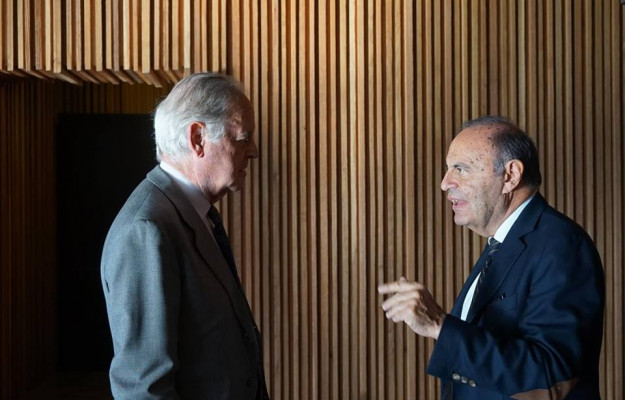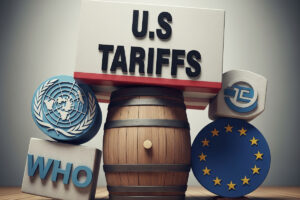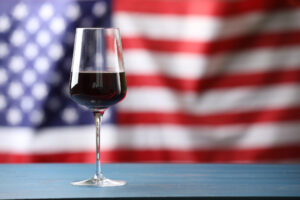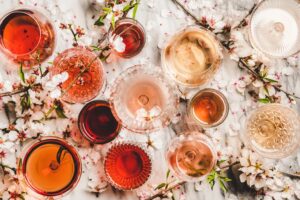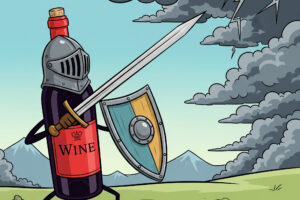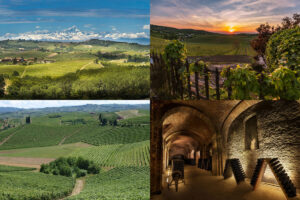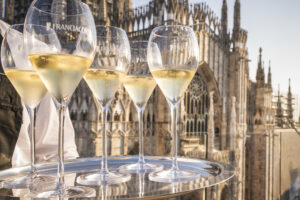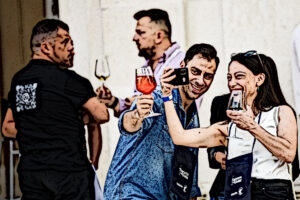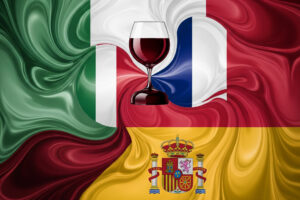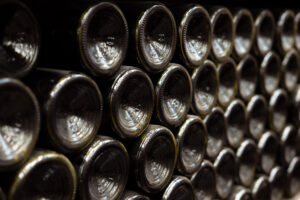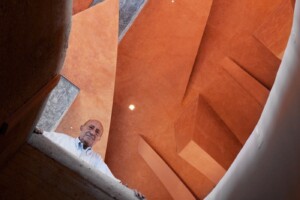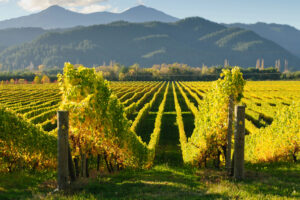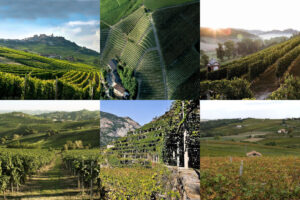The quality of wines is improving, the unpredictability of a climate is also rising, the challenges in a crowded industry are increasing, and the followers on social networks are growing, but the question is always: Why cannot Italy be more competitive, especially in terms of prices, compared to France? However, during the roundtable led by the new producer, as well as journalist and symbol of the Italian political debate, Bruno Vespa, several ideas arise, which are linked to the memory of one of the characters who marked the most the “Renaissance” of Italian wine, Giacomo Tachis.
Marchese Piero Antinori, in the Antinori winery in Chianti Classico, does the honors: “The Renaissance of Italian wine in the last 45 years has revolutionized the wine trade. Favoring quality over quantity. And Giacomo Tachis is the protagonist. We shared a lot of hopes and some disappointments. He already knew that Tuscany had extraordinary potential, implementing the dream of improving quality and affirming Italian wine on the international wine markets. He realized, by studying France, the path that led to quality. The period during which we collaborated was fantastic, it was one of the most beautiful, and I remember it with a bit of nostalgia. Because we are talking about a period of great innovation, of the search for new paths”.
Marco Pallanti of Castello di Ama remembers the oenologist: “Tachis has always doubted things and has always wanted to go deeper into the knowledge of things. With an eye always towards the outside, towards the best. I started working at Castello di Ama in the early '80s, and the complementary grape variety to Sangiovese was only the Cabernet, but it did not fit well with the territory. Looking abroad, especially in the Bordeaux area, we begin to think about Merlot. The first harvest was in 1985, and from there the Apparita was born. In those years it was difficult to capture the attention of critics and the international public. From that moment we make Chianti Classico known and thanks to this we are able to make a good impression”.
Putting aside the nostalgia for the times that have gone by, the present reappears with the question of experienced journalist of the Vespa, which with television times catches the attention of the audience and guests, asking: "how do you raise the price of wine?.
Question from a million dollars, or rather from 6 billion euros, the value of the export of Italian wine, which Stefano Cordero di Montezemolo of the University of Florence clearly answers: “The French have an average price four times higher than ours. There is an economic and competitive logic that work beyond the fact that technology and winemaking skills have increased competence. Then we have to face the market. Therefore, the technical competence, combined with practice, of winemakers has succeeded in producing value. Price contributes to placing a wine.
The example of Australia: they began to attack the market with a price that was always downward, making impossible raising the price in the future. As far as Italy is concerned, it is not useful to follow the French wine industry, which is in another range. We must look at the mid-level band and affirm this one. Wine needs to reach identity. Consistent between the identity of the company and the wines it produces. The greatness of Tachis was to be the oenologist within a company. By serving a project, not very personal but at the level of the company”.
Then a word to Antinori, the winery's oenologist and general manager, Renzo Cotarella, who took the baton from Tachis: “raising prices is something difficult, but necessary. We must be able to understand where we are. However, the increase in prices depends on making products of extreme quality, it cannot be the niche that justifies the increase. There must be personality, depth and they must be able to withstand the test of time. They must not be a flash in the pan. We must create the charm of a single wine. Chianti Classico is an example of this for its double soul between male and female. There must be a path that concerns the entire production that requires union between the entire chain and a lot of patience. You also need to know how to distribute the wines.
Piero Antinori continues: “We are on the right track to raise the price. The opportunity comes from young people who, despite estimates indicating that there is a distance from wine consumption, have a great curiosity to explore different things. The world of wine is, however, a competitive market that has opened up to many channels and worlds, such as California, Chile, and Asia. We must react by creating value with the culture we have, from the landscape to our history”.
On stage also “mister Amarone” Sandro Boscaini, adds: “In Italy, there is a great culture, rooted in wine. However, there is no business culture. It is a problem that arises from the tax system. Wine needs to be given a value, passing through a better tax system as well. This can be the key to relaunching the business”.
In other words, “the answers are there, rather they are within us. But they are wrong”, to quote Corrado Guzzanti in the famous “Quelo”. Wine heritage, artistic, landscape, human capital. Italy's challenges for the future are many, so what will be the best way? Word of mouth.
Copyright © 2000/2025
Contatti: info@winenews.it
Seguici anche su Twitter: @WineNewsIt
Seguici anche su Facebook: @winenewsit
Questo articolo è tratto dall'archivio di WineNews - Tutti i diritti riservati - Copyright © 2000/2025










